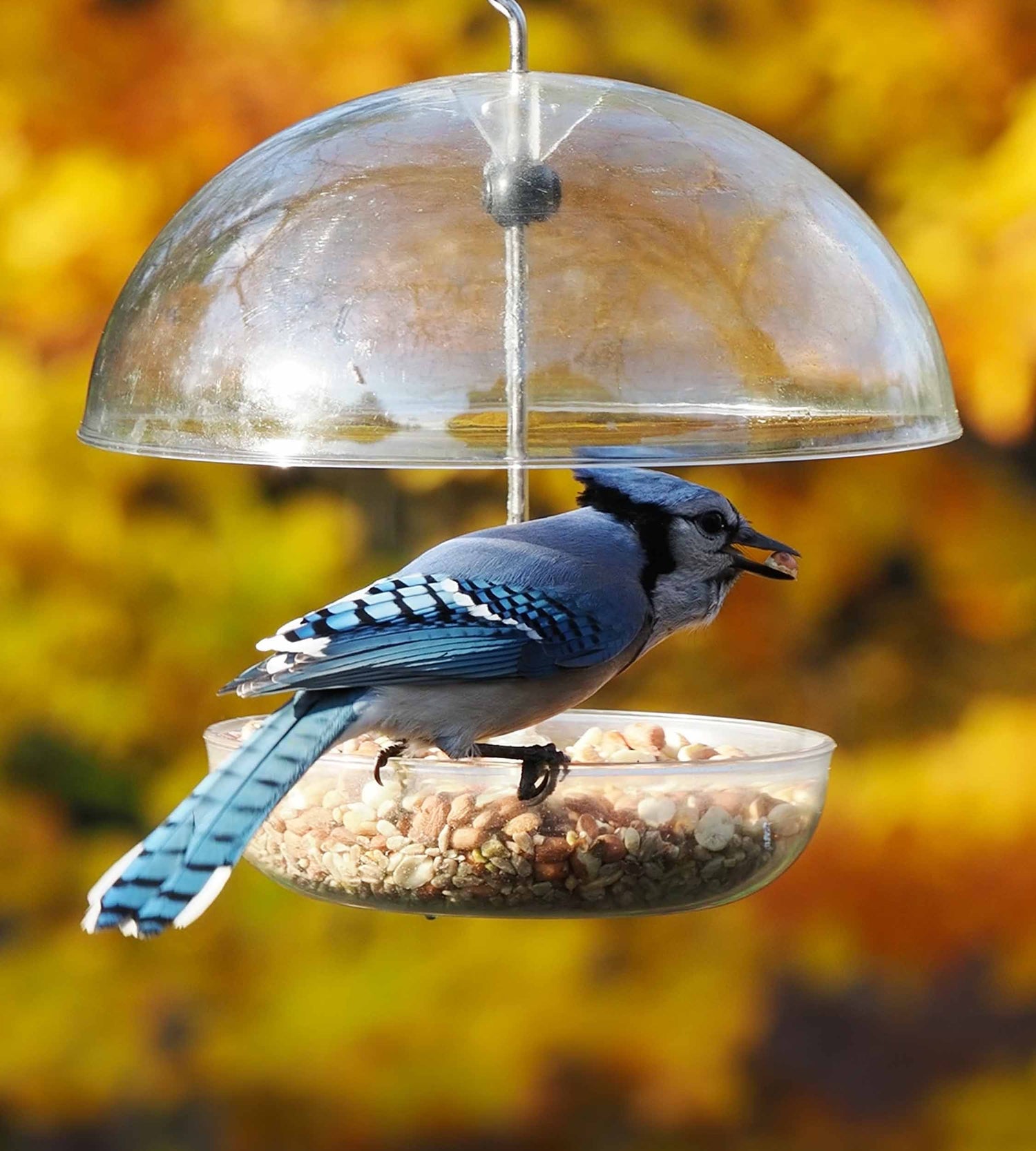Choosing the Best Bird Food Scoop
Bird feeding is a rewarding hobby that brings color and life to your backyard. Whether you're catering to songbirds like finches and bluebirds, or larger birds like woodpeckers and cardinals, having the right tools can enhance your bird feeding experience. One often overlooked but essential tool is the bird food scoop. This seemingly simple accessory can make a significant difference in how you manage bird food, from sunflower seeds to suet cakes. In this article, we will guide you through choosing the best bird food scoop and explore the benefits it brings to your bird feeding setup.
Why You Need a Bird Food Scoop
A bird food scoop is more than just a convenience; it is a practical tool that aids in the efficient and hygienic distribution of bird food. Here are some reasons why a bird food scoop is indispensable:
Efficient Feeding
Bird food scoops allow you to quickly and accurately measure and dispense bird food, whether it's seeds, nuts, or suet pellets. This efficiency is especially beneficial if you maintain multiple feeders, such as a peanut feeder, suet feeder, or nyjer seed feeder.
Hygiene and Cleanliness
Handling bird food with a scoop reduces the risk of contamination. This is important for maintaining the health of your backyard birds, as human contact can transfer oils and bacteria to the food. A scoop keeps your bird food clean and fresh, ensuring your feeders attract healthy birds like orioles, chickadees, and pigeons.
Reduced Waste
Using a bird food scoop helps minimize spills and waste. It ensures that the right amount of food is dispensed into each feeder, preventing overfilling and unnecessary messes around your feeding stations.
Features to Look for in a Bird Food Scoop
When selecting a bird food scoop, consider the following features to ensure it meets your needs:
Material
Bird food scoops are typically made from plastic, metal, or silicone. Plastic scoops are lightweight and inexpensive, making them a popular choice. Metal scoops, such as those made from stainless steel, are durable and easy to clean. Silicone scoops offer flexibility and are less likely to crack or break.
Size and Capacity
Choose a scoop size that matches the capacity of your feeders. A large bird feeder may require a larger scoop, while a small bird feeder or window feeder might only need a smaller scoop. The right size scoop will make filling feeders efficient and less time-consuming.
Ergonomic Design
An ergonomic handle ensures comfort during use, especially if you have many feeders to fill. Look for scoops with non-slip grips or contoured handles to reduce hand fatigue and provide better control.
Types of Bird Food Scoops
Different bird food scoops cater to various types of bird feeding needs. Here are a few types to consider:
Standard Scoops
These are the most common type of scoops and are suitable for general use. They work well for dispensing seeds and mixes, nuts, and other loose bird foods.
Measuring Scoops
Measuring scoops come with marked increments, allowing you to dispense precise amounts of bird food. This is ideal for ensuring consistent feeding, especially if you are following a specific feeding regimen for certain bird species like bluejays or woodpeckers.
Funnel Scoops
Funnel scoops feature a narrow spout that helps direct bird food into feeders without spilling. This type is especially useful when filling feeders with small openings, such as mesh feeders or nyjer seed feeders.
Maintaining Your Bird Food Scoop
Proper maintenance of your bird food scoop is crucial to ensure its longevity and functionality:
Regular Cleaning
Clean your scoop regularly to prevent the buildup of oils and residue from seeds and nuts. Most scoops can be washed with warm, soapy water. Ensure they are thoroughly dried before the next use to avoid mold or mildew.
Storage
Store your scoop in a dry place away from direct sunlight to prevent warping or deterioration. If possible, keep it with your other bird feeding supplies for easy access.
Enhancing Your Bird Feeding Experience
Incorporating a bird food scoop into your bird feeding routine is just one way to enhance your backyard birdwatching experience. Consider these additional tips for attracting and feeding a variety of birds:
Use a Variety of Feeders
Different birds have different feeding preferences. A suet feeder can attract woodpeckers, while a caged feeder may deter squirrels and raccoons. Meanwhile, a window feeder provides an up-close view of feeding birds.
Diversify Bird Food Offerings
Offer a diverse range of bird foods, such as black sunflower seeds, suet balls, fresh fruit, and mealworms, to attract a wide array of bird species. Some birds, like finches and cardinals, have specific preferences, so catering to their tastes can increase the diversity of your backyard visitors.
Implement Squirrel Proofing
Squirrels can be a common nuisance at bird feeders. A baffle feeder or squirrel proof feeder can help deter them, ensuring your bird food is reserved for its intended audience.
Conclusion
Choosing the best bird food scoop is an important step in optimizing your bird feeding routine. By considering factors such as material, size, and design, you can select a scoop that meets your needs and enhances your backyard birdwatching experience. With the right tools and strategies, you can create a welcoming environment for a variety of bird species, from bluebirds and orioles to chickadees and woodpeckers.







